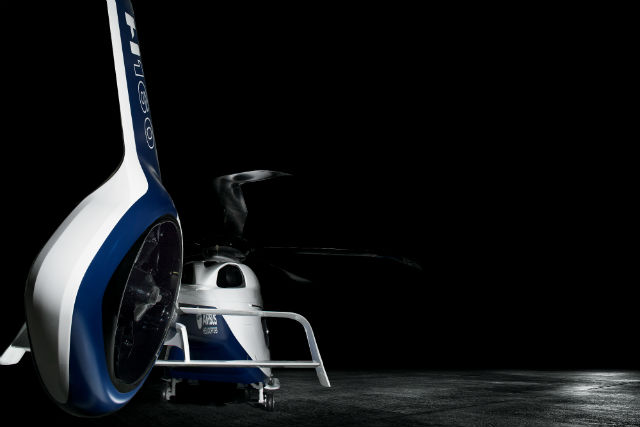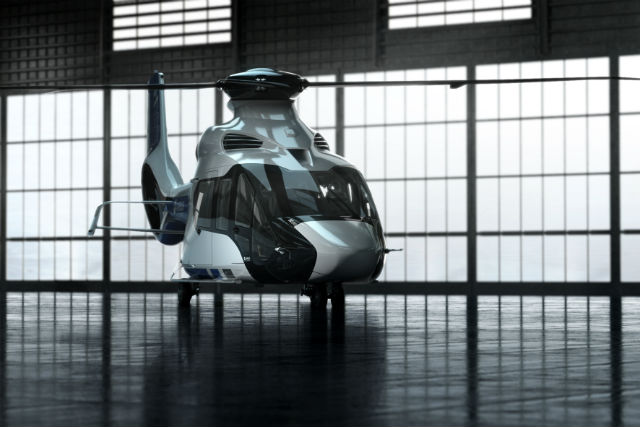As the curtain dropped behind Airbus Helicopters’ beaming chief executive Guillaume Faury at the Heli-Expo show in Orlando, Florida, it revealed... well, what appears to be just another helicopter.
The H160 – as the long-running X4 programme is now known – is conceived as a direct response to the commercial success of AgustaWestland’s AW139.
Original concept studies for the new rotorcraft showed it laden with next-generation technologies, such as fly-by-wire controls and a radical cockpit display. However, all these advances were notably absent from the H160 unveiled on 3 March.

Airbus
Airbus Helicopters has taken a calculated gamble. It believes that by prioritising a smooth and speedy development – and therefore a higher level of maturity at service entry – over a basket of high-tech gadgetry, it will attract more customers. A 40% market share in the medium-twin segment is its target.
According to its world view, what operators want above all else is fuel efficiency, safety and reliability. In other words, a rotorcraft that works as intended from day one, rather than a technology demonstrator.
Of course, to dismiss the new H160 as just another helicopter is a little unfair. It features brand-new Turbomeca engines, a fully composite airframe, Blue Edge rotor blades, electric landing gear and so on.
In fact, nearly 70 patents have been taken out covering the H160. It is nothing if not sophisticated, but it is next-generation only in the eyes of its manufacturer.
However, what is almost more interesting than the helicopter itself is the approach that the company is now taking to research and development.
Under the leadership of Faury, the manufacturer is arguably closer in style and management to its Airbus colleagues in Toulouse than ever before.
That can be seen in both the way the H160 has been significantly repositioned to be “the AW139 killer” and the work going on behind the scenes to change the way all future products are developed and industrialised.

Airbus
There also appears to be an air of hard-headed pragmatism at Airbus Helicopters these days, as opposed to the more freewheeling style evident previously.
So, although the H160 may lack significant wow factor – revolutionary only in its nature – there is plenty about it to suggest that it will sell strongly.
Programme managers are already drawing comparisons with the commercial A350. However, it remains to be seen whether the good folk of Marseille can emulate that platform’s success.
Source: Flight International



















